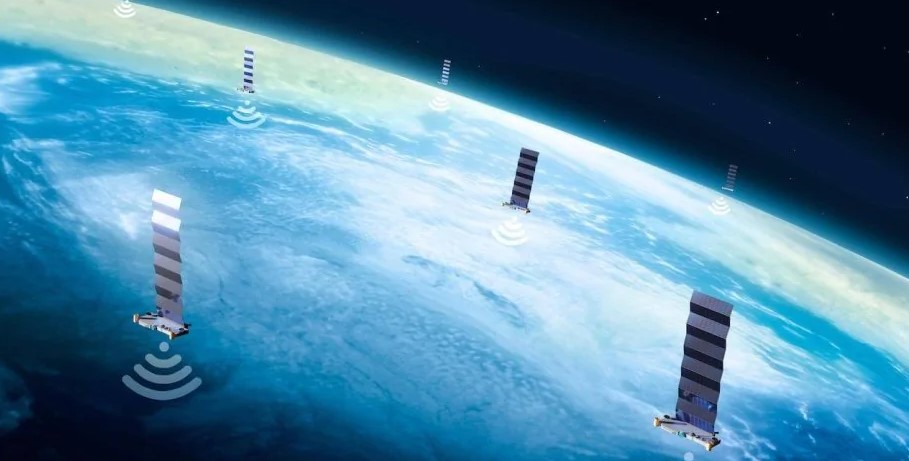
Massive de-orbiting: 100 Starlink satellites removed due to defect, how will it affect Ukrainian Armed Forces communications
The equipment will be removed from the space network to prevent future problems. The satellites must burn up completely in the atmosphere and not harm any creatures or objects on Earth.
As a precautionary measure, SpaceX plans to de-orbitalize 100 first-generation Starlink satellites, citing a potential flaw that could one day lead to a complete satellite failure. This is reported by the PCMag website. As a result, the satellites will descend and disintegrate in the Earth’s atmosphere.
According to SpaceX, the incident will not affect Starlink customers’ communications. Despite the fact that the network is losing 100 satellites, it now has more than 5,400 devices that insure each other and provide coverage. Now they are still functioning – SpaceX has decided to remove them from orbit while it is still possible, instead of risking the network’s performance in the event of a failure.
“Starlink satellites are fully de-orbitable, which means that the risk to those on the ground, in the air, or at sea from a de-orbit satellite is virtually zero, as the satellites burn up during reentry,” SpaceX said.
The company emphasized its “commitment to space sustainability”. SpaceX says the Starlink network was designed to prevent possible risks. Each satellite has an autonomous collision avoidance system and ion engines to enable it to maneuver in Earth orbit. Atmospheric drag will cause Starlink satellites to de-orbit and burn up in the atmosphere in five years or less, even if engine maneuverability is lost.
SpaceX did not disclose a specific flaw in the first Starlink satellites. It is only noted that the Starlink team has identified a common problem in a small number of satellites that could increase the likelihood of failure in the future.
“The satellites will perform a safe, cyclical and controlled descent operation that will last approximately six months for most vehicles. All satellites will retain their maneuverability and collision avoidance capabilities during the descent,” the company added.
SpaceX says it has already de-orbited 406 satellites. 95% of these satellites have now left orbit. Of these, 17 are currently non-maneuverable, passively fading, but they are monitored to reduce the risk of collision with other active satellites. SpaceX’s filings with the FCC indicate that some of these Starlink satellites, which had previously de-orbited, were decommissioned due to malfunctions or hardware deficiencies found in the equipment.
Starlink’s network seems large and stable, but sometimes it can’t handle the load. In the oceans, marine drones will help satellites distribute the Internet.

